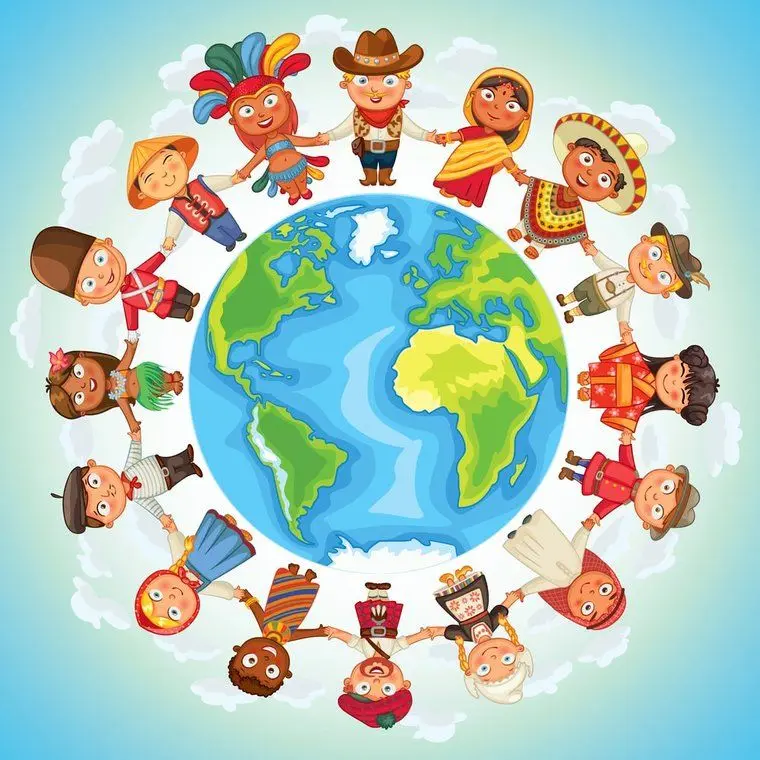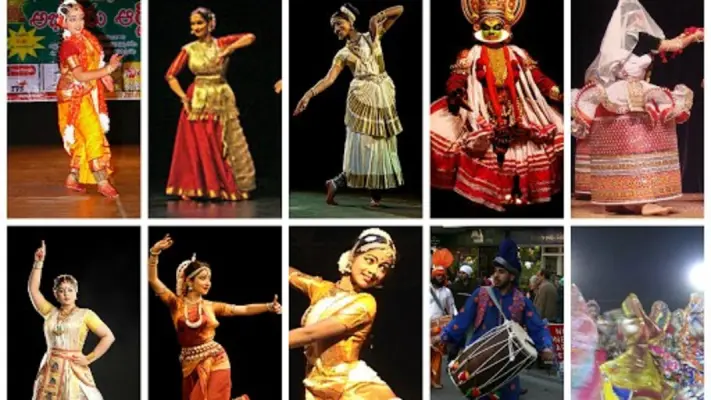The life of a woman slave has always been defined by hardship, oppression, and resilience. Across history and even in modern times, women in slavery have faced forced labour, sexual exploitation, and complete lack of freedom.
Unlike men, women slaves often endured dual exploitation: performing both heavy labour and domestic or sexual tasks. Their lives were controlled by masters, families, or societal systems that saw them as property rather than human beings.
Daily Life in Historical Slavery
In ancient civilizations such as Egypt, Greece, Rome, and Mesopotamia, women slaves were part of households, farms, and markets. Their daily life often involved:
Domestic duties: Cooking, cleaning, child care, and managing household chores.
Agricultural labour: Working long hours in fields, tending animals, or producing goods.
Sexual exploitation: Many women were forced into concubinage or sexual servitude.
Women slaves had almost no personal freedom. Punishments were common, and opportunities for independence were rare. Despite these hardships, many showed resilience, creating small communities or maintaining cultural traditions even in captivity.
Women Slaves During the Transatlantic Slave Trade
The Transatlantic Slave Trade (16th–19th centuries) was one of the darkest periods for women slavery. Millions of African women were forcibly transported to the Americas, where life was brutal:
Journey hardships: Women endured months on crowded ships with poor sanitation, insufficient food, and extreme abuse.Plantation labour: Women worked alongside men in fields harvesting crops like sugar, cotton, and tobacco.Domestic servitude: Many were forced to work in the homes of masters, performing chores under harsh supervision.Sexual exploitation: Women often faced sexual abuse from owners, overseers, or traders.
Despite unimaginable suffering, women maintained family ties, cared for children, and passed down cultural traditions, showing remarkable strength and endurance.
Modern Forms of Women Slavery
Even today, millions of women face slavery in modern forms. These include:
Human trafficking: Women are trafficked for sexual exploitation or forced labour in factories and domestic work.Forced marriage: Some women are married without consent, often treated as property.Debt bondage: Families or individuals are forced to work to repay debts, often indefinitely.
The modern life of a woman slave mirrors historical patterns — restricted freedom, forced labour, and systemic exploitation — but global awareness and laws are slowly helping combat these practices.
Psychological and Social Impact
The life of a woman slave extends beyond physical exploitation. Psychological trauma and social isolation are common:
Loss of identity: Women are often stripped of their names, culture, or family ties.
Emotional abuse: Constant control, threats, and fear shape daily experiences.
Stigma: Escaping slavery does not always guarantee social acceptance; former slaves may face discrimination or poverty.
The long-term impact of slavery affects generations, emphasizing the need for rehabilitation and empowerment programs.
Resilience and Survival
Despite these harsh conditions, many women slaves have displayed extraordinary resilience and courage. Some:
- Maintained cultural practices, language, and traditions in secret.
- Supported fellow slaves, forming small networks for mutual aid.
- Fought for freedom, sometimes risking life to escape captivity.
Stories of survival highlight the strength of the human spirit, even in the face of extreme oppression.
Conclusion: Learning from the Life of a Woman Slave
The life of a woman slave, past and present, is a stark reminder of human cruelty, gender-based oppression, and the struggle for dignity. Understanding their experiences allows society to combat modern slavery, promote gender equality, and support survivors.
Today, global efforts focus on legislation, education, and awareness campaigns to prevent exploitation and empower women. Remembering the hardships of women slaves is essential to ensuring that history does not repeat itself.
Superstitious Culture in India
Lifestyle of the Indian Jarawa Tribe
Read Also : Social Network Website Design
![]()





